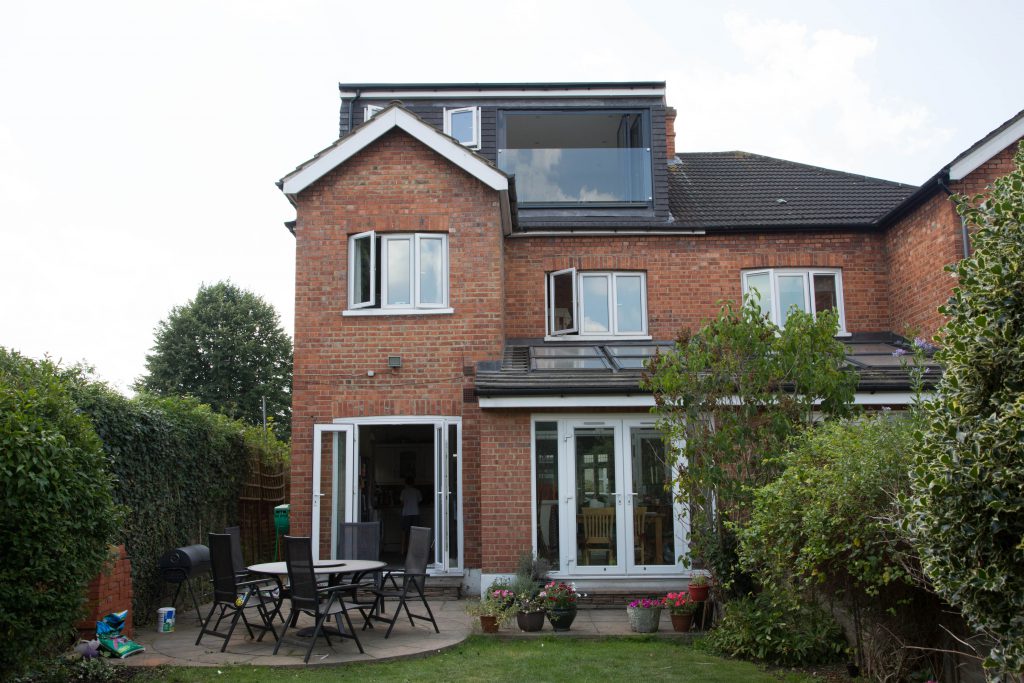Installation of a New Staircase for a Loft Conversion
September 22, 2023

The best place for the staircase to land should be in line with the roof ridge, this is make the best use of the available height above the staircase. The required minimum height above the pitch line is 2m, which can be reduced to 1.9m towards the centre, and further 1.8m to the side of the stairs. In actual sense, the exact staircase position will much depend on the layout of the floor below, and where possibly the available height can be achieved using a dormer or by adding a skylight above the staircase or, if possible, converting a hip rood end to a gable. The maximum number of steps within a straight line are sixteen, a typical installation usually only requires thirteen steps. When it comes to step size, the maximum step rise is 220m and the step depth is around 220mm, both these measurements are taken from the pitch point. The step usually has a nose that protrudes 16-22mm in front of the pitch line. By all means, the ratio size must not exceed the maximum angle of pitch requirement of 42 degrees. Winders should have a minimum requirement of atleast 50mm at the narrowest point. Finally when it comes to Balustrading, the minimum height is 900mm above the pitch line, and the spindles should have enough seperation distance that a 100mm sphere cannot pass through it.
Will I need new ceiling joists for my Loft Conversion?
Yes, in most cases, you will be required to get additional new joists that comply with the building regulations because the existing ceiling joists are very unlikely to be able to take the load of a conversion floor. You can get your structural engineer to specify the exact size and grade required. The new joists will span between the load bearing walls in the loft, and are usually raised slighly above the existing ceiling plasterwork with the use of spaceers below the joist ends. You need to ensure that this spacing must be good enough to avoud any new floor joist deflection from touching the ceiling plaster below. The new joists will run along the existing joists. In addition, above window and door openings, thicker wood is used to bridge the opening, because you do not want pressure on the existing opening lintel. RCJs which are known as Rolled steel joists, are specifically used to distribute the load, and in some installations are used to carry the ends of the new joists. If you head space is limited, then bigger thicker joists, much more closely spaced, can be specified.